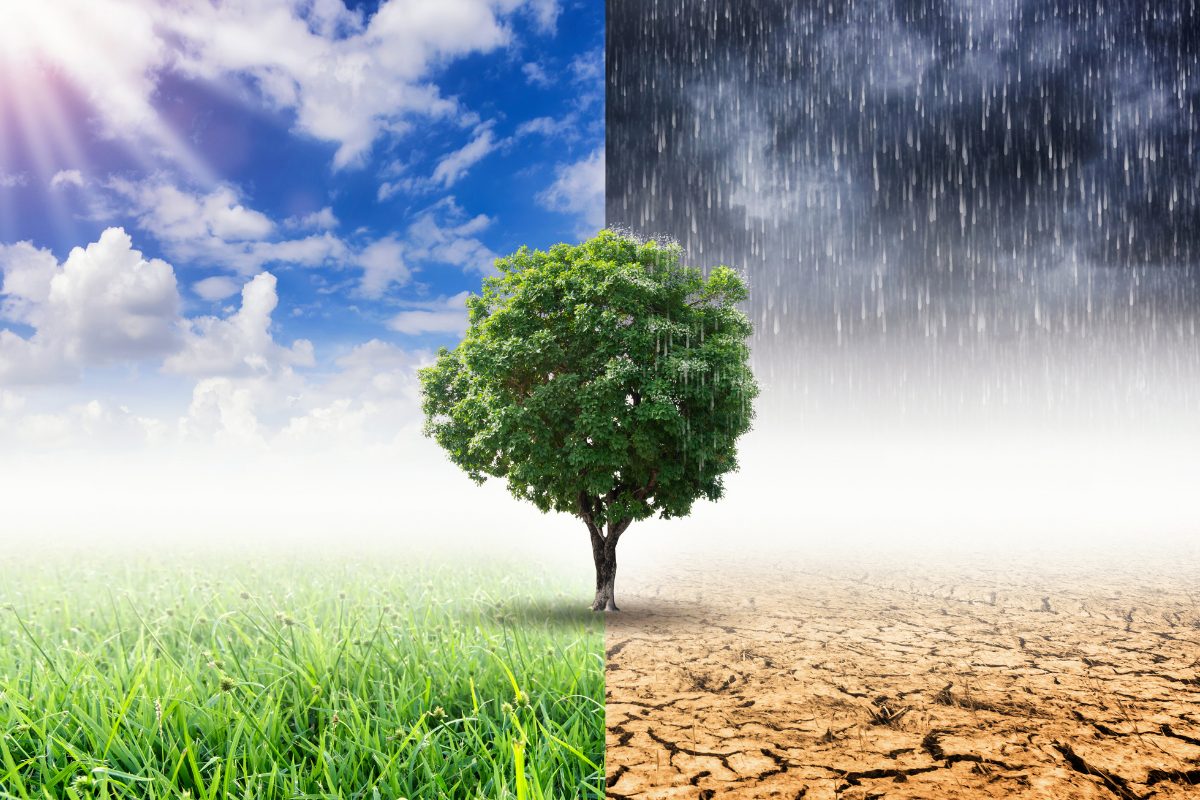
People of the 21st century are witnesses of several crises, including global warming, myriad pollution, contagious diseases, resource depletion, extinction of animals and plants, growing poverty, etc. Though they seem isolated, all these problems are inseparably linked with each other and are closely associated with poverty. This article will discuss how poverty and climate change are connected inherently.
Once Pope Francis, while talking about climate change, said that the global failure to take action on the climate crisis is nothing but a brutal act and injustice toward the poverty-stricken people of the world. Leonardo DiCaprio, the renowned American actor, once wisely opined that the environment of earth and the fight against poverty are inextricably related.
Climate change, as we know, has severe consequences. Blistering heat waves, frequent storms, severe droughts, increasing rates of forest fires, changes in the rain cycle, the rise of the sea levels, melting of glaciers, etc., are some of the negative impacts that are unevenly felt by people all over the world.
Poor people of our planet are the most threatened population and the most vulnerable to the adverse effects of climate change and global warming as they have little or no resources to protect themselves. They are not adequately equipped or prepared to recover themselves from the impacts of those crises also. That is why one environmentalist once said that climate change amplifies the division between rich and poor.
Poor people are already victims of social, political, and economic marginalization. When environmental conditions worsen, it becomes really difficult for poor people to secure a decent standard of living. Many poor people lose their homes, suffer a lot, and may even have to die because of the lack of minimal health care facilities.
Nearly 37% of the world’s population lives in coastal areas, and these areas are the hubs of cultural commerce and play a substantial role in global development. But as with time, natural disasters are intensifying, and sea levels are rising; by 2050, about 570 coastal cities might be affected by the rising sea levels.
It is estimated that almost 1 billion people would lose their homes because of natural disasters such as devastating drought, catastrophic flood, and sea-level rise. Displacement from homes will make those people poorer. To regain stability, they have to struggle a lot. They will become homeless and jobless. Many farmers have to evacuate their lands. The number of unemployed people will increase terribly and make the nations’ economic conditions more dreadful. As a result of the population explosion, many countries are now becoming hostile to refugees and migrants. This inhospitable behavior from other nations will make the situation of the displaced people more horrible.
Some reports claim that due to climate change, about one hundred million people dwelling in developing countries will become poor by the year 2030. Already because of urbanization, we have lost innumerable agricultural lands. On the other hand, because of the rapid growth of the population, the demand for food has already started to rise. Destruction of more agricultural lands due to climate change will disrupt agriculture, affect crop yields and create a food shortage. The rate of hunger and malnutrition will increase multifold by 2050.
We have already learned that droughts are intensifying as a result of climate change, and it is also affecting global freshwater supplies. Already, 25% of people all over the globe are facing dire shortages of freshwater. It is estimated that by 2050, almost half of the world’s population will have to face immense water scarcity. Numerous people will be compelled to leave their homes if they run out of water.
It is known to all of us that the burning of fossil fuels is the reason for greenhouse gas emissions. As a result of industrialization and urbanization, factories and vehicles have increased, and the burning of fossil fuels has intensified. Numerous harmful gases and pollutants are polluting our planet’s air, and it is harming the respiratory health of countless people annually. Nearly nine million premature deaths are caused each year just by air pollution. Underprivileged people, who dwell in slum areas near industrial sites, cannot afford air purifiers. Due to lack of money, they can also not leave their homes to keep them safe from toxic air.
Poor people are not only sufferers of natural disasters and air pollution, and they also suffer from global warming. Deadly heatwaves endanger the health of poor people who cannot afford air conditioners or even electric fans. Beyond certain points, it almost becomes impossible for poor people to acclimate to climate change.
Due to global warming, extreme rise in temperature is also increasing the number of pests such as mosquitoes that are the carriers of deadly diseases like dengue, malaria, etc. Those diseases have historically affected economically deprived people.
As we have seen, the fight against poverty and climate crisis is inextricably interlinked. Investments made to combat climate change will help in the reduction of poverty. On the other hand, investments to bring down poverty will keep people safe from the increasing environmental crises.
